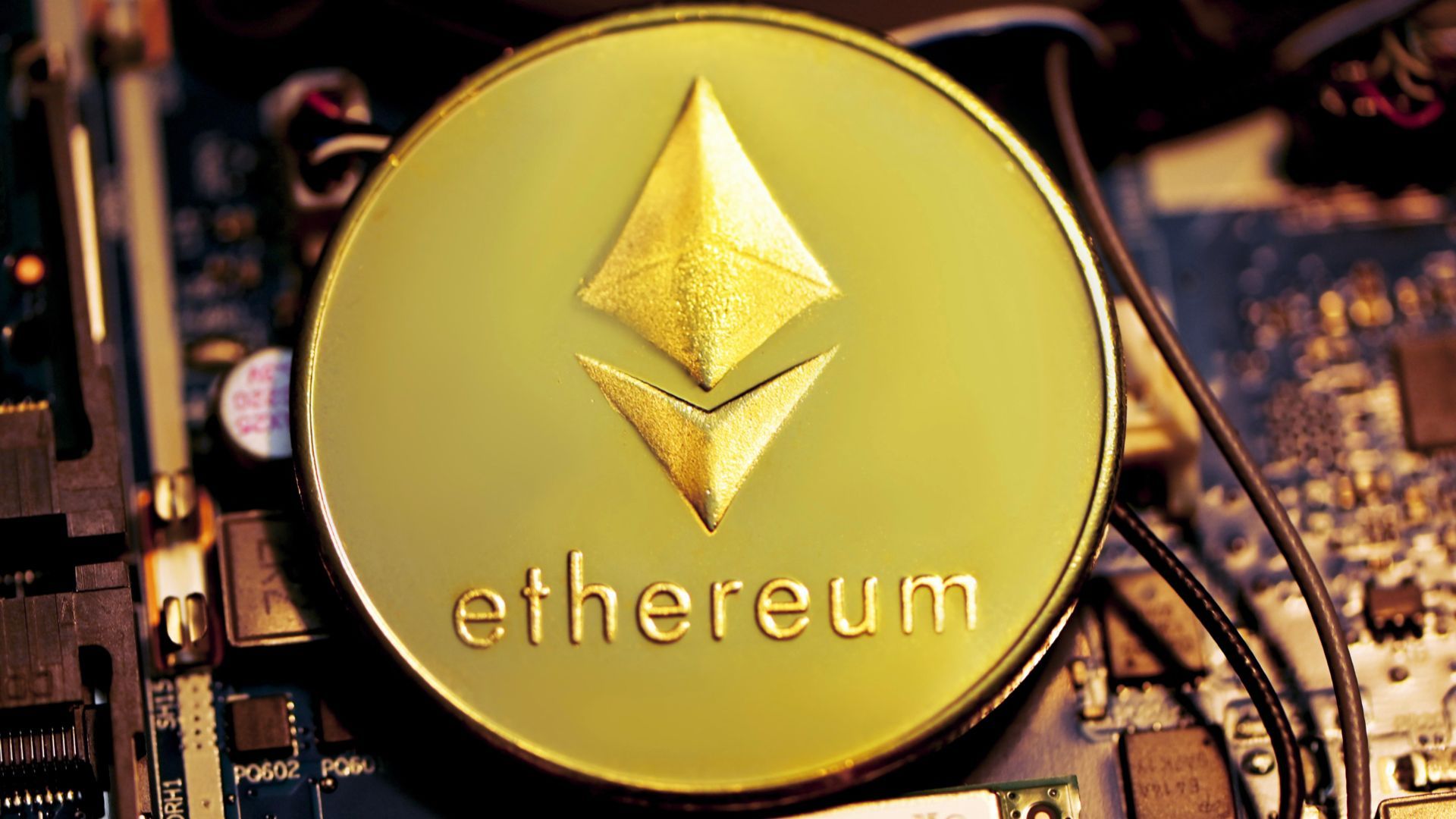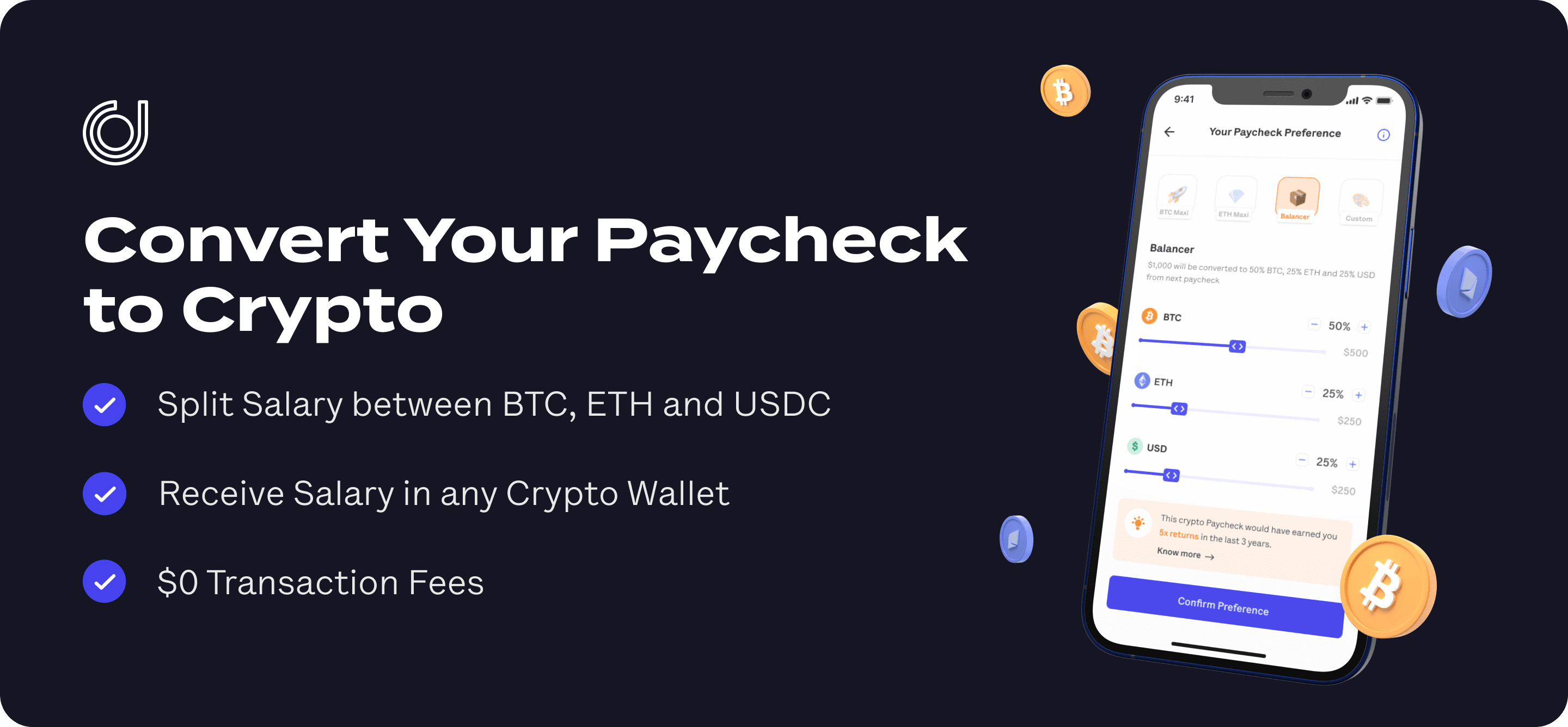Crypto
•
12 mins read
•
October 22, 2021
What are Gas Fees?
The costs associated with cryptocurrency transactions, how they work and why they’re rising.

Chances are you have paid an
when you
into or out of your bank. In fact, with most financial transactions, we’re used to paying a fee, whether it’s a fee to withdraw money from an ATM or a fee to convert currency when abroad.
Similarly,
also have fees to execute a contract or transaction on their platforms, like Ethereum, which are known as gas fees.
In the cryptocurrency world, “gas” refers to the computational effort required to execute transactions on the platform in question. Essentially, gas is like a toll on the highway and costs are often higher for larger or more complicated transactions, just as truck drivers pay higher tolls than smaller vehicles.
Ethereum Gas Fees: An Overview
When you want to transact in ETH on the
, you have to pay a gas fee. A standard ETH transfer requires a gas limit of 21,000 units of gas. Gas fees are denoted in Gwei, which is just .000000001 ETH. You can think of Gwei as cents, since 1 cent is .01 of a dollar.
However, when you send a transaction request to the Ethereum network, how quickly your transaction is processed depends on the gas limit you are willing to pay. Essentially, a priority is given to requests that are willing to pay higher gas fees. If you would rather pay a lower gas fee, though, be prepared for your transaction to take a lot longer.

Why Does Cryptocurrency Work this Way?
Well, when you submit a transaction on Ethereum, you are competing with others who also want to submit a transaction. Each person is trying to have their transaction executed at the same time, but there is a limit to the number of transactions that can be included per Ethereum block as each block contains only 12.5mn units of gas.
A new block is created every 13 seconds but when demand is high and supply is constrained, the price increases. As a result, gas fees on Ethereum have risen as the platform has become more and more popular and adjusting to a higher gas price ensures that your transaction is prioritized.
As an example, if you put a gas limit of 50K for a standard transfer (which we noted above is 21K gas units), the system would consume 21,000 units of gas and you would get back the remaining 29,000 units. But if you specify 20K units for a standard transfer, your 20K units will be consumed but your transaction will not be complete.
If a friend puts a gas limit of 100K for the same standard transfer, their transaction will be performed before yours in the line-up, although your transaction will still be processed before anyone who pays the fee of 21K gas units for a standard transaction.
How Do Gas Fees Work?
The example above touches upon how gas fees work in Ethereum. But, these gas units must be converted to Gwei, first. So, if the minimum amount of gas required to process a standard transaction is 21K gas units, that number must be multiplied by the average gas cost in Gwei to determine how much ETH you need for the transaction.
All of this can be done in your digital wallet — most wallets that support ETH and Ethereum-based tokens will allow you to select the speed of your transaction and calculate the required amount of Gwei necessary to process your request.
A gas cost exists so that the network can function properly. Without a gas cost, a user could — in theory — execute a program that never ends, either intentionally or accidentally, which would bring the entire Ethereum network to a standstill.
If there is not enough gas available to make a transaction, the user still pays for the work that has been done even if a transaction fails. While this prevents attacks on the network, it does mean that not paying enough gas for a transaction can result in financial losses.
NFT Gas Fees: An Overview
Like with ETH transactions, NFT transactions also require gas fees. A
. A fungible object or unit is one that is interchangeable — like a penny, for example. On the other hand, a non-fungible token is a unique piece that cannot be exchanged or traded. Because of this, there are a finite number of NFTs that exist and their value is driven by a demand for ownership rights of these limited NFTs.
More specifically, a NFT is a unique digital piece such as an image, video, GIF, tweet, or audio recording. The unique identity of these digital pieces are verified on the blockchain, which is the same technology that powers cryptocurrencies like Bitcoin or Ethereum.
Though the majority of NFTs use the Ethereum platform, note that other platforms like Solana are also used to buy and sell NFTs. You can also obtain NFTs through a NFT club, like the
, where not only do you get to own one of 10,000 unique ape NFTs but you also buy membership to an exclusive club with other perks. NFTs are no longer just verifiable digital art, but projects are not adding utility — like exclusive membership, real-world perks, and more.
The Cons of Gas Fees & NFTs
When it comes to NFTs, gas fees are the price you pay to create, buy, and sell your non-fungible tokens. However, this has caused many issues for aspiring NFT creators. When gas prices are high, it becomes difficult for artists to create and sell their work. But, when creators are willing to reduce their prices to accommodate the gas prices that must also be factored into the transaction, then the perceived value of the artwork is diminished. Keep in mind, since gas prices differ from the actual valuation of the digital asset, the total cost paid by a consumer is much more than the cost of the NFT you, as a creator, may be trying to sell.
Even buyers face issues with gas prices. Every time they place an order for a NFT or cancel one, they must pay a gas fee. Even actions like transferring an NFT from one digital wallet to another have gas costs associated with them. For new users, these fees are not readily available and often take people by surprise. As such, the costs of these gas fees often make investors who hope to enter the NFT space spend more than they anticipated on a digital token and discourage them from investing further in the cryptocurrency market.
Are There Ways to Save on Gas Fees?
Moreover, like with ETH transactions, NFT transactions can also be sped up by paying higher gas fees. If you transact very early in the morning when activity on the platform is less, though, your gas fees could be lower. Another way to save on NFT transactions is to use a platform that isn’t Ethereum where gas fees are lower.
Given that gas fees on Ethereum are only so high because of the popularity of the platform, a blockchain such as WAX (Worldwide Asset Exchange) could be another option. Of course, if you want to move your NFT from one digital wallet to another that transaction will also cost gas, but as gas fees on Ethereum are higher than ever before, it could still be a cheaper option overall. Ultimately, for those who understand gas fees well, the cost and speed of a transaction is far more transparent than it is for those new to cryptocurrency gas fees.
Do You Have to Pay Gas Fees on Every Crypto Transaction You Make?
You don’t have to pay gas fees on every cryptocurrency transaction. With Bitcoin, for example, a transaction fee needs to be paid for miners to maintain the blockchain. If there is ever a shortage of miners, like what occurred in China in April 2021, transaction fees for Bitcoin could be as high as $59. Otherwise, an average transaction fee for Bitcoin can fluctuate between $24-31.
While these transaction fees serve the same purpose as gas fees, the term “gas” is exclusive to the Ethereum platform. Moreover, Ethereum was intended to be a
whose use applied to a much wider range of applications than just Bitcoin exchanges. As such, “gas” refers to the cost of utilizing the Ethereum Virtual Machine (EVM) platform to run smart contracts or even transfer cryptocurrencies like ETH. Other platforms may have fees, as well, but these will not be gas fees in particular.
It’s also worth noting that transactions on the Ethereum platform are paid in ETH but gas is the abstract unit that exists within the EVM. By having a separate unit for measuring the computational effort, gas fees are decoupled from the price of ETH. What that means is that an increase in the price of ETH will not change the cost of transacting ETH.
While gas fees may seem complicated for those unfamiliar with the cryptocurrency world, in reality they are relatively easy to understand. What’s more, mastery of gas fees can result in more successful transactions of NFTs or on the Ethereum platform. As such, it’s imperative to do your research and pay attention to the total cost of a transaction, gas fees included.


